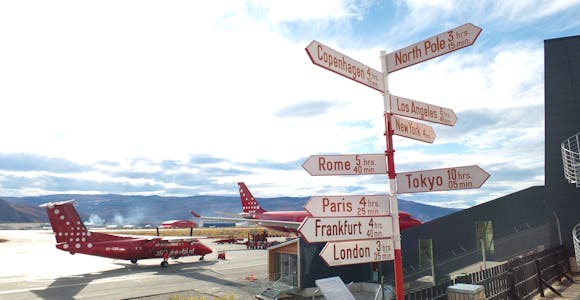
Getting to Greenland
For such a large country surrounded by close neighbours, it isn’t a straightforward place to get to, but this is very much part of Greenland’s charm. Whether travelling by air …
Discover MoreSpecial Offers Available: Swoop has access to the widest range of offers and can help you find the right trip, cabin, & price.
Expert impartial advice at no extra cost: no-nonsense advice on 500 voyages across 25 ships
The Arctic Experts. No Compromises: there’s no question we can’t answer
The only B Corp certified Arctic specialist: so your adventures can be a force for good
A full concierge service, unlike booking direct: we leave nothing to chance in delivering your perfect trip
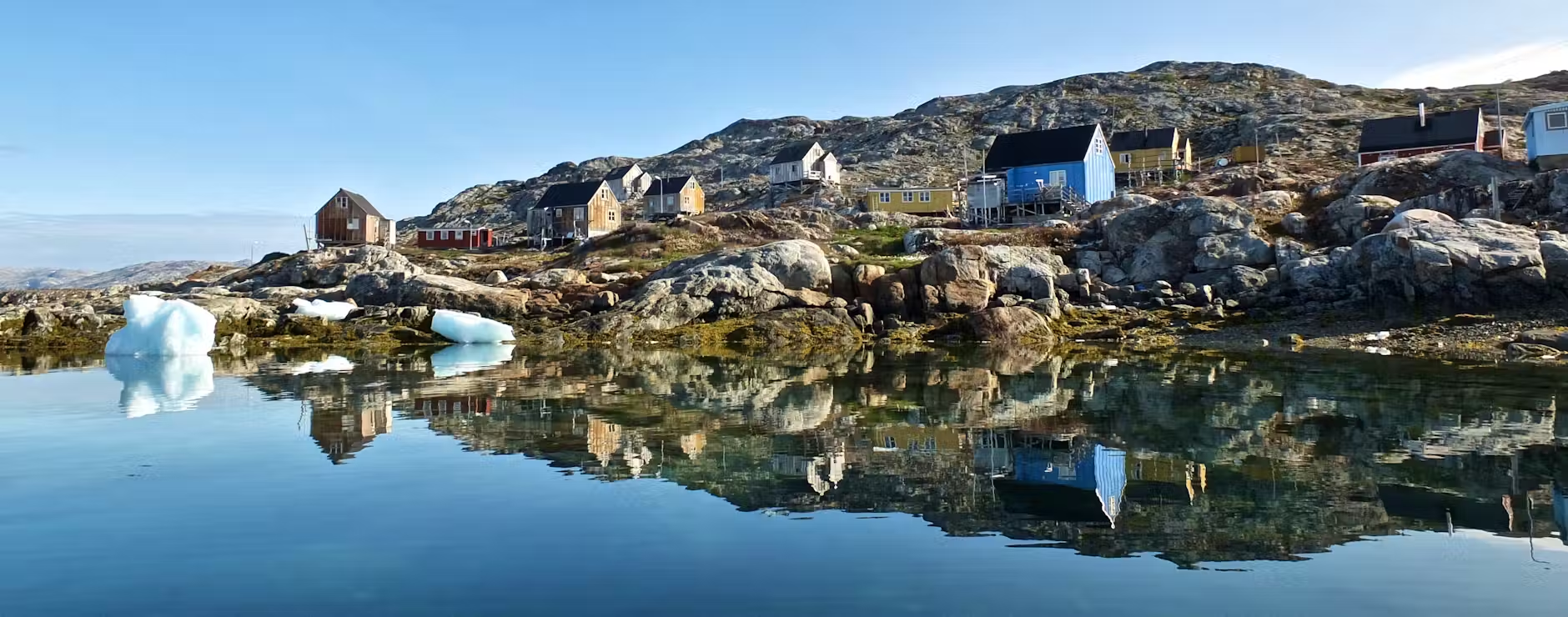
From Greenland’s vast size and diversity of landscape to her welcoming people and vibrant city, it’s a staggering place on so many levels. For the adventure traveller, few places compare - go now before the crowds!
Special Offers:Swoop has access to the widest range of offers and can help you find the right trip, cabin, & price.
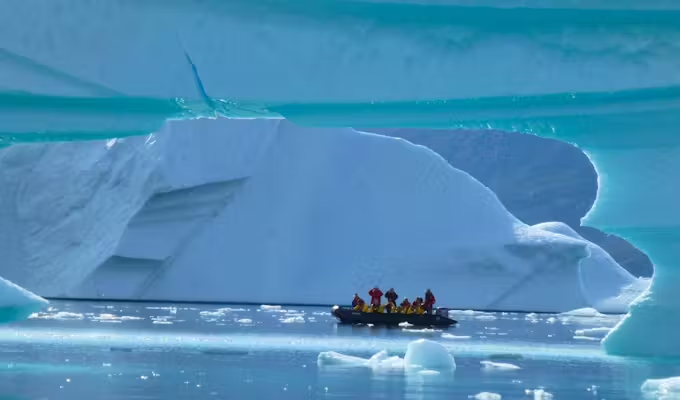
Introductions to the High Arctic don’t come much better. Traverse wildlife-rich Svalbard via East Greenland’s towering icebergs and autumnal tundra, then continue on to Iceland. Aurora sightings are possible at any point.…

Beginning in Svalbard before sailing west across the Greenland Sea and exploring Greenland’s long eastern coastline to finish in Iceland, this is an audacious Arctic journey of startling diversity and contrast. Spectacular landscapes, towering glaciers and once-in-a-lifetime wildlife encounters all…
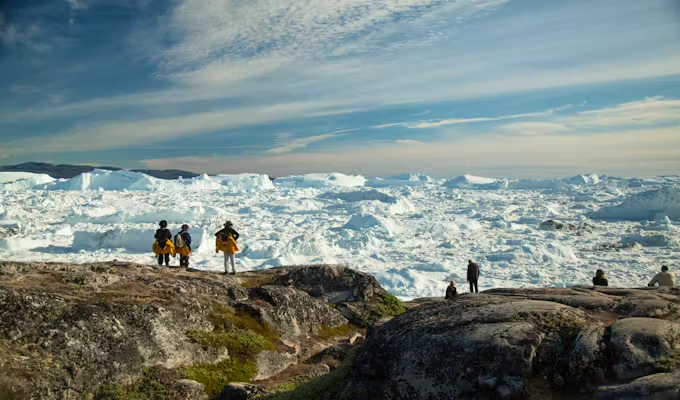
Spending time exploring Canada’s historic Northwest Passage and West Greenland, we like this voyage’s balance and variety as much as exploring little visited spots such as Thule, one of the northernmost towns in the world, and Smith Sound. Big ice,…
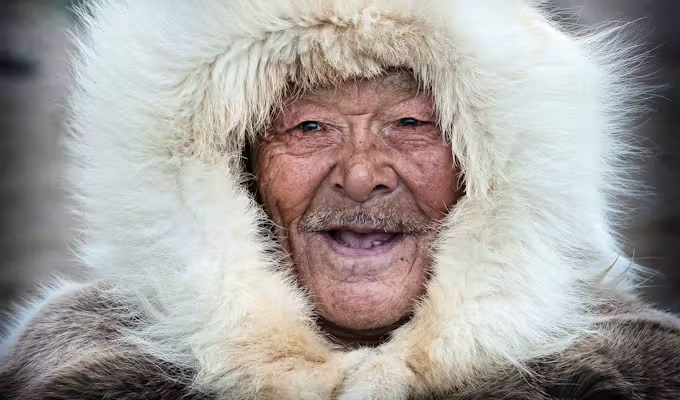
Traversing west to east this voyage takes you to iconic sites such as Cambridge Bay, Lancaster and Smith Sounds and Ellesmere Island, before exploring the fjords and towns of West Greenland. Bears, narwhal, musk ox, beluga and northern lights are…
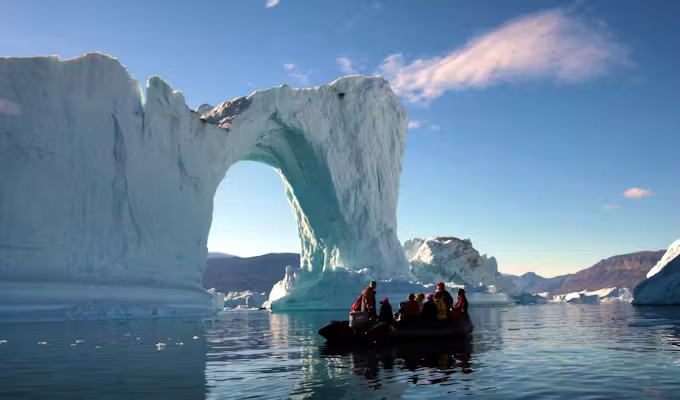
Beginning deep inside the High Arctic and finishing in subarctic Iceland, we like this voyage for its diversity, sense of journey and extended time exploring East Greenland. Zodiac cruising among towering icebergs, glimpsing the Northern Lights and tracking musk oxen…
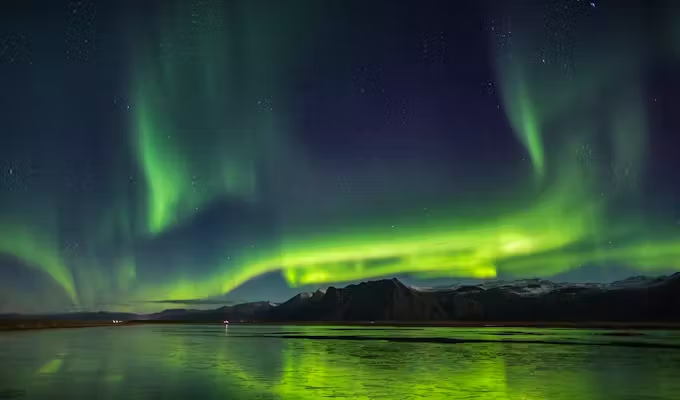
Sailing in August or September, explore the massive fjords of East Greenland and their legendary icebergs, spot musk oxen and visit ancient and modern Inuit settlements. Late summer provides a great chance of spotting the Northern Lights. A choice of…
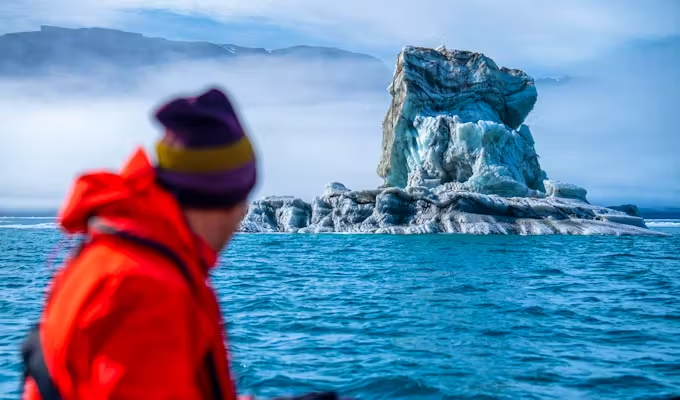
Exploring East Greenland doesn't get any easier. A short charter flight from Iceland saves you time and a potentially rough crossing of the Denmark Strait. On arrival, embark your small, expeditionary sailing ship and spend the next nine full days…
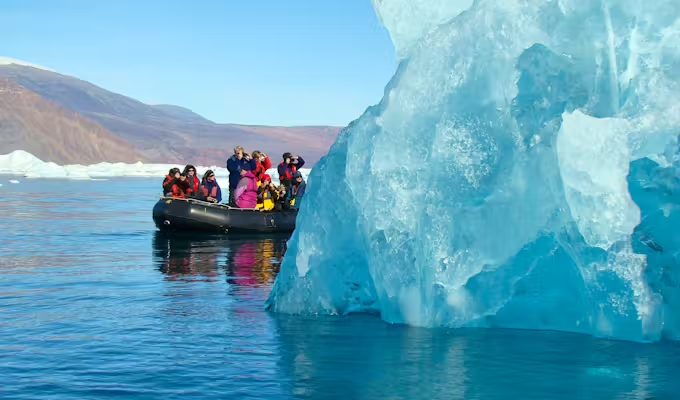
Start off in Akureyri, then cross the Arctic Circle as you sail north across the Denmark Strait and along Greenland's immense eastern coastline. The final leg of the voyage is across the Greenland Sea to Longyearbyen. This is a truly…

Focused on East Greenland’s Ammassalik region, specifically the incredible ice-choked Sermilik Fjord, this trip offers the best of this entire coastline in microcosm. Travelling slowly in a rarely visited area, maximising time off ship to hike and explore the tundra,…
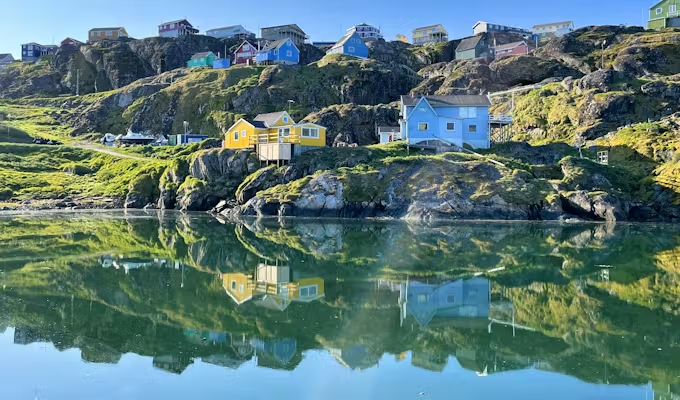
Threading southwards by small ship from Ilulissat’s mighty icefjord and down Greenland’s stunning west coast to finish in a former Viking stronghold, this is a dazzlingly varied voyage of towering ice, rich Inuit culture and fascinating Norse history. Sailing alongside…
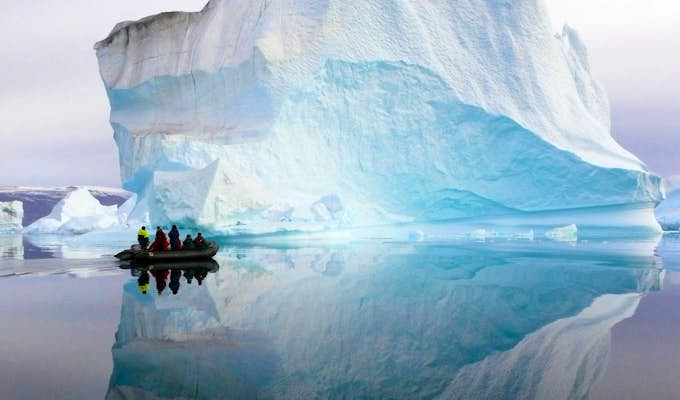
This is a rare chance to explore Greenland’s little-travelled southeastern coastline. From the rich Viking heritage in the south to the ice-choked waters and pretty Inuit communities further north, highlights include the spectacular Prince Christian Sound and the iceberg-strewn Sermilik…

A Greenlandic settlement

Greenland - a land of big ice

A kayaker prepares to roll

Greenlandic settlement

Looking out over the Jakobshavn Glacier, Ilulissat

Musk Ox monument in Scoresbysund

Trekkers on Karrat island

Humpback in Disko Bay
.JPG?auto=format,enhance,compress&fit=crop&crop=entropy,faces,focalpoint&w=680&h=480&q=40)
Musk Oxen in East Greenland

Graffiti in Nuuk

The church in Ilinanaq

Exploring an ice fjord

Sled dog ready for the off
The landscape does not disappoint, but Greenland is not a museum – modern society is a surprising mixture of traditional and modern. Most people outside the capital live in smaller coastal communities in cheerfully painted houses, nearly everyone is on Facebook and subsistence for many still plays an important part in the diet.
However, they are still outdoor people at heart with a great love of fishing, hunting and being out with their dog team. Life for many is still tough - particularly during the long winter months when communities can be cut off for up to seven months - but this is accompanied by a cheerful and hospitable attitude.

82% of Greenland is covered by a massive ice sheet that in places is almost two miles (3.2km) thick and around the edges you can gaze up at ice cliffs that are 100,000 years old. The landscape features stunning fjords, glaciers and tundra, with many mountains rising to well over 10,000 feet.
The country’s relatively few inhabitants are scattered along the thin ribbon of coastline, with about 16,500 of them - around a quarter of the total - living in the capital, Nuuk. The whole northeast region Greenland is a national park – 100 times bigger than Yellowstone and about the same size as France and Spain combined. It’s by far the world’s largest.
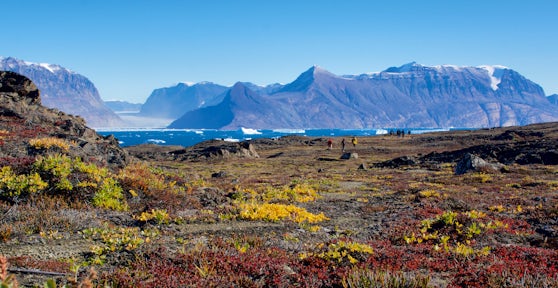
It’s obviously cold, but the weather is far more complicated than this – you must be prepared for surprises, not least as conditions can change suddenly.
Being so large there are considerable variations from one region to another. Also there can be a big difference depending on whether you're inland or out at sea, on the coast or exposed out on the tundra.
The mean 24 hour temperature remains below +10° C (50° F) in June, July and August in just about every town in Greenland, whilst all places are below freezing from November through to April. The sun doesn’t set from May 25th to July 25th - the time of the Midnight Sun - and in the summer months there are several places where day temperatures can exceed 20° C (68° F).
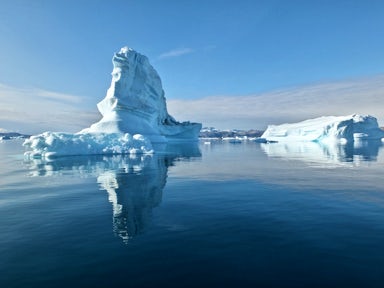
Majestic icebergs of East Greenland
The natural beauty is amazing. Greenland is friendly, beautifully. Read the full review
Travelled: August 2019
Susan Cooke - United States of America
With a population of 56,000 people - all living around the coast, mostly in West Greenland - Greenland is the least densely populated territory on the planet. Outside the capital, most people live in tight knit communities of 50-500 people, often cut off from their nearest neighbours by distance and a lack of connecting roads. The local store has supplies that are shipped or flown in, but hunting and fishing are an essential part of daily life and remain a big part of the culture.
Approximately 89% of the population are Greenlandic Inuit, descended from the Thule people who began colonizing the island around 900 AD and who introduced both the kayak and dog sled. Since the way of life was traditionally nomadic and there’s no shortage of land - the concept of land ownership simply doesn’t exist in Greenland.
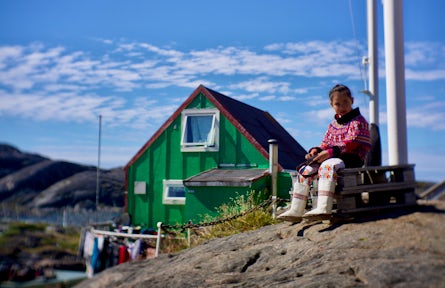
Roaming Greenland’s tundra and ice are polar bears, musk ox, reindeer, arctic fox and mountain hares. The shoreline and waters are visited by, or home to, five different species of seals, 15 types of whale, plus walrus. And birdlife include white-tailed eagles, ptarmigan, fulmars, auk, duck and geese – with 60 species breeding in the region.
Having said this, the chance of seeing much wildlife is slim. Hunting for food is a regular part of Greenlandic life, so wildlife tends to be shy. Other parts of the Arctic provide better opportunities for seeing wildlife.

For almost 5,000 years the Inuit have survived by hunting and fishing – the climate and short summers making effective farming virtually impossible. In the smaller towns and communities these two industries continue to be the major occupations. Cod used to be the main catch, but now Greenland is the world’s largest supplier of cold-water shrimps, while Greenland Halibut is also a mainstay of a commercial fishing fleet.
In recent years, tourism has taken off as increasing numbers of adventurous travellers are drawn to Greenland.
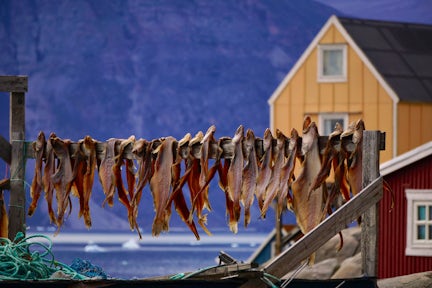
The first people arrived here about 4-5,000 years ago, travelling east across the frozen strait and arriving at Thule in northern Greenland. At least half a dozen other waves of immigrants followed and today’s locals are descended from those who migrated here around the 9th century AD. The Norseman Eric The Red arrived around 982, returning to Iceland three years later with stories of a “green land”. His salesmanship successfully attracted many settlers and various Viking settlements survived in the south for about 400 years.
In the 17th century, European whale hunters regularly came ashore and in the 18th missionaries and traders from Denmark and Norway settled the coast. In 1814 Greenland became a Danish colony, was recognised as an autonomous country in 1953 and became self-governing in 2009. Full independence is a dream of many locals, however the country is still heavily dependent on Denmark.
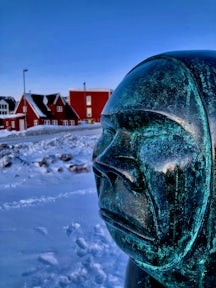
Sculpture in Nuuk
We love Greenland for its sheer diversity - each region is totally distinct with its own character. Even the language between east and west Greenland is substantially different.
Discover a modern and cosmopolitan capital of just 18,000 gregarious and welcoming people dwarfed by a natural wilderness of savage beauty and awesome scale. Venture to remote communities that still subsist by hunting and fishing. Satisfy your thirst for adventure with a host of Arctic activities, from dog sledding to trekking and kayaking. Marvel at fjords littered with every shape and size of iceberg or camp on the gigantic icecap under the Northern Lights.
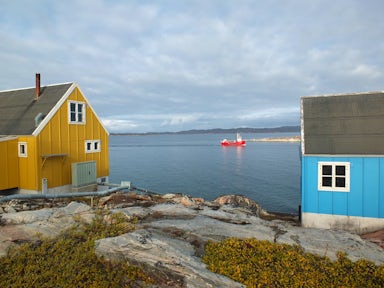
More sparsely populated and less developed than the west of the country, Southern Greenland has a particularly notable history - the town known today as Narsarsuaq inspired the stories of the green covered fjord shared by Norsemen. The region tells of how the Inuit people have learnt to live and adapt in the past and present. Visit viking ruins included on UNESCO’s World Heritage List, museums and fish markets, in between sighting caribou, trekking through the green pastures, bathing in thermal springs, and kayaking around the 'Perito Moreno of the Arctic'.
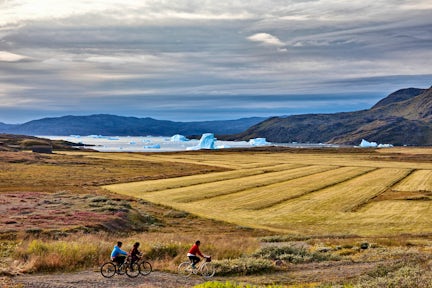
Cyclists just outside of Narsaq
This is truly the edge of our world, a region whose harsh climate and almost impenetrable mountains make human existence so difficult that it’s virtually uninhabited. Explore Scoresby Sund, the world’s largest fjord system, and visit tiny Ittoqqortoormiit, Greenland’s most remote community. North of here is the world’s largest national park, whose dramatic fjords are briefly accessible each year only by expedition ship.

The Arctic is so vast and diverse that one of the biggest challenges is knowing where to begin. Our exclusive guide will help you get started with your travel plans.

For such a large country surrounded by close neighbours, it isn’t a straightforward place to get to, but this is very much part of Greenland’s charm. Whether travelling by air …
Discover More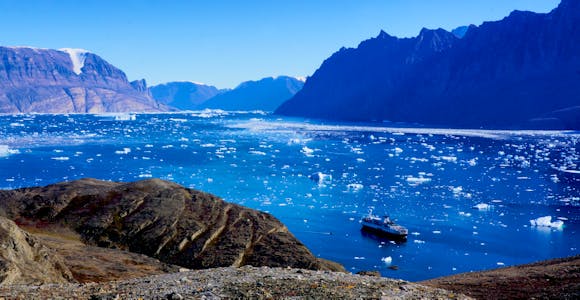
Greenland wears very different cloaks depending on when you choose to visit: spring, summer or autumn. Each has its own enchanting characteristics making it tough to decide which …
Discover More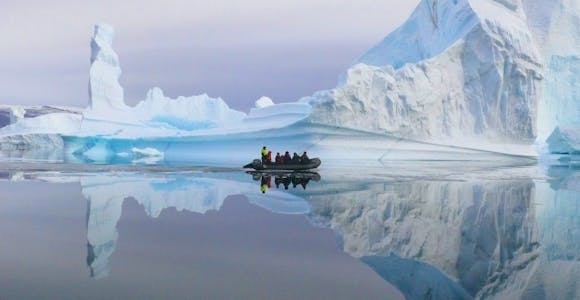
Greenland assaults your senses with pure air, crystal waters, blue ice, staggering fjords, a fascinating past and a welcoming present. Whether you are whale watching in Disko …
Discover More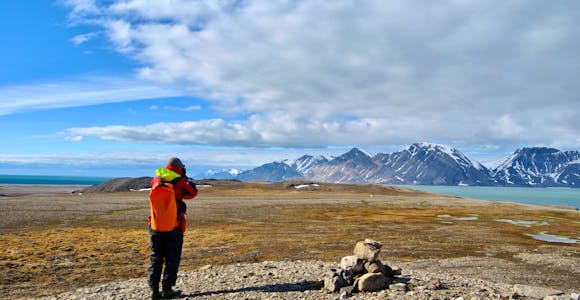
We're all clear on where the Arctic is located and why we want to visit, but its vastness and the sheer variety of experiences on offer can be a real challenge when deciding where …
Discover MoreGreenlandic is the official language, but almost all also speak Danish and English is also quite widely spoken.
Greenland’s visa regulations are the same as those that apply in Denmark. The good news is that no visa is required for EU, US, Canadian or Australian nationals.
While Greenland’s hotels aren’t a reason to visit, most towns of a reasonable size have a modest choice of 3* options. There are only two hotels in the whole country which can claim to be ‘luxury’, however there are far more can boast far better views than most 5* hotels anywhere in the world.
For accessing Greenland’s dramatic and largely inaccessible coastline, travelling by expedition ship is a very good option, with the boat acting as your floating hotel.
We'll spend some time listening to your aspirations, then discuss the kind of experience that might suit you.
Next we'll discuss the options, shortlist the best trips for you and present you our impartial recommendations.
We'll place a 24 hour hold on your preferred option - without obligation - whilst we talk through the details.
This website uses cookies to ensure you get the best experience on our website. Privacy policy
We don’t charge a commission and there are no hidden fees. Just impartial, expert advice from the leading Polar cruise agent. Schedule a call with our Arctic Experts today.